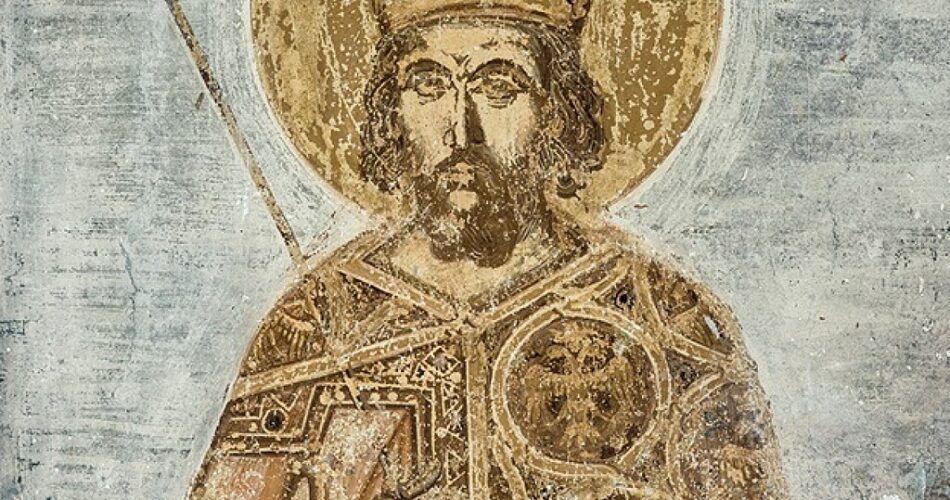They found the lost portrait.
An archaeological discovery has unveiled a previously unknown and realistic portrait of Constantine XI Palaiologos, the last emperor of the Byzantine Empire. This rare depiction, unlike the idealized portraits typically seen in historical artwork, provides a true likeness of Constantine XI, showing him as a mature and grounded figure. Constantine XI, who ruled from January 6, 1449, until his death in 1453, was known as the last Christian ruler of Constantinople and was a key figure during the fall of the Byzantine Empire to the Ottoman Turks.
The portrait was discovered by Anastasia Koumousi, director of the Ephorate of Antiquities of Achaia, during conservation work on 15th-century frescoes at the Katholikon of the Old Monastery of Taxiarches in Aigialeia, Greece. The frescoes, which are part of the late Byzantine era, revealed the portrait beneath a second layer of artwork. According to the Greek Ministry of Culture, the portrait is significant because it shows Constantine XI in a manner that departs from the traditional stylized depictions of emperors, offering a more realistic representation.
Minister Lina Mendoni praised the work done by the Ephorate of Antiquities, stating that it highlights the importance of preserving historical monuments and uncovering unique archaeological findings. This portrait is believed to be the only known image of Constantine XI and the last surviving portrayal of a Byzantine emperor in monumental painting. It depicts him with imperial symbols, including a luxurious cord and a cross-stone crown, along with a gold-embroidered purple mantle adorned with double-headed eagles, a hallmark of the Palaiologos family.
The portrait’s authenticity is reinforced by the details in the artwork, such as the emperor’s personalized features. The painting presents Constantine XI as a calm, mature man with a slender face, offering a distinct and humanized view of the emperor. This discovery adds depth to the historical narrative of Constantine XI, who died defending Constantinople during its conquest by the Ottomans in 1453. Despite myths surrounding his death, this portrait provides a tangible connection to the emperor’s legacy.
